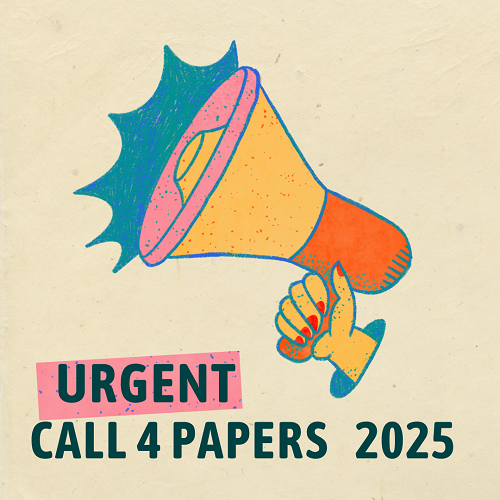HOW THE PROPHET GAVE OUT ZAKAT. A REAL-LIFE EXAMPLE OF FAIR SHARING
Keywords:
Zakat, Prophet Muhammad, poverty alleviation, Banu Tamim, fair distribution, Islamic finance, wealth redistribution, social justice, Sunnah, economic equityAbstract
Zakat, one of the Five Pillars of Islam, serves not merely as a form of charity but as a systematic and spiritual obligation designed to eliminate poverty and foster social equity. During the lifetime of Prophet Muhammad (peace be upon him), the institution of zakat was meticulously implemented as a practical tool for wealth redistribution. This paper delves into a real-life example from the Prophet’s era that demonstrates the fairness, integrity, and socio-economic wisdom with which zakat was distributed. By analyzing how the Prophet personally oversaw the collection and distribution of zakat, and ensured it reached the most deserving segments of society, this study highlights the ethical and administrative principles embedded in the practice. One such instance is the case of the delegation from the tribe of Banu Tamim, whose circumstances prompted the Prophet to redistribute zakat wealth in a manner that prioritized the needs of the poor over tribal favoritism. This incident encapsulates the Prophet’s commitment to justice, transparency, and compassion, which remains a timeless model for contemporary zakat institutions. By integrating Qur’anic injunctions with Sunnah-based practices, the Prophet institutionalized a balanced method of wealth sharing that strengthened communal bonds and uplifted marginalized populations. Through this real-life example, the paper underscores the relevance of prophetic governance in modern socio-economic frameworks.
Downloads
Published
Issue
Section
License

This work is licensed under a Creative Commons Attribution-NonCommercial-NoDerivatives 4.0 International License.



